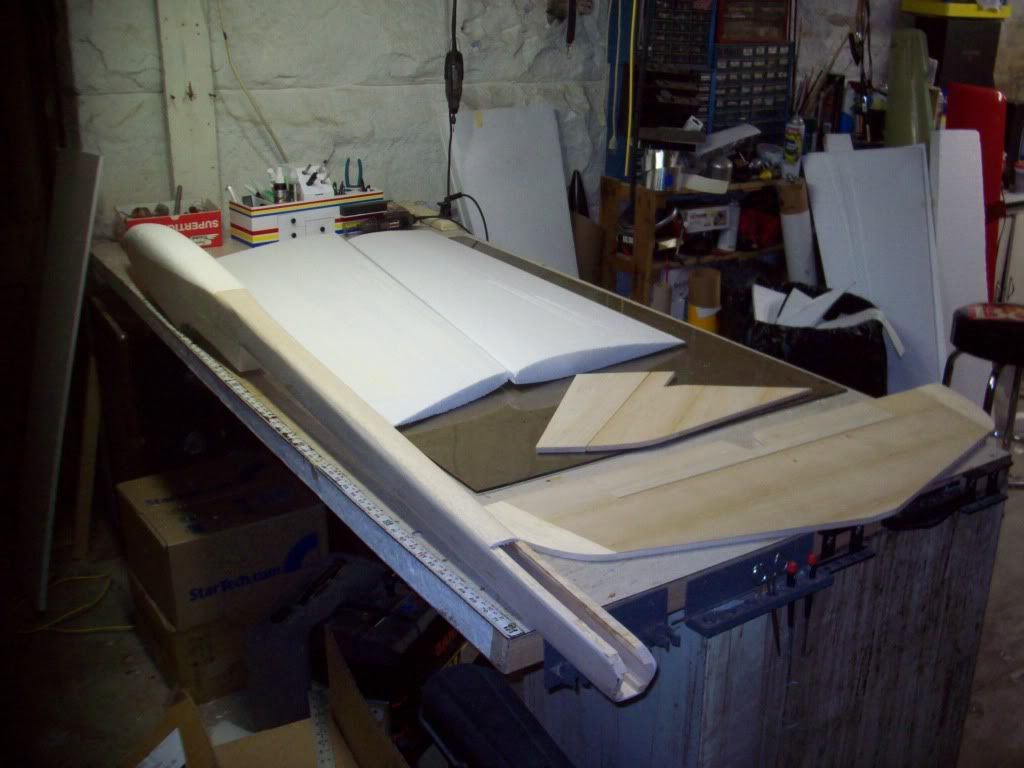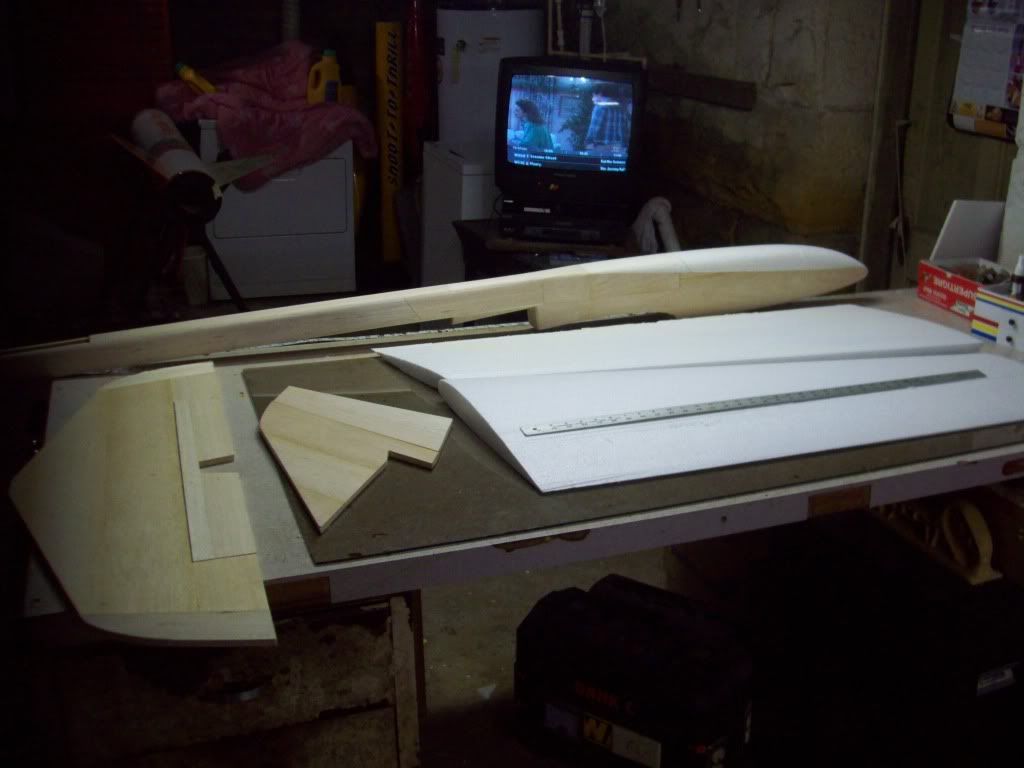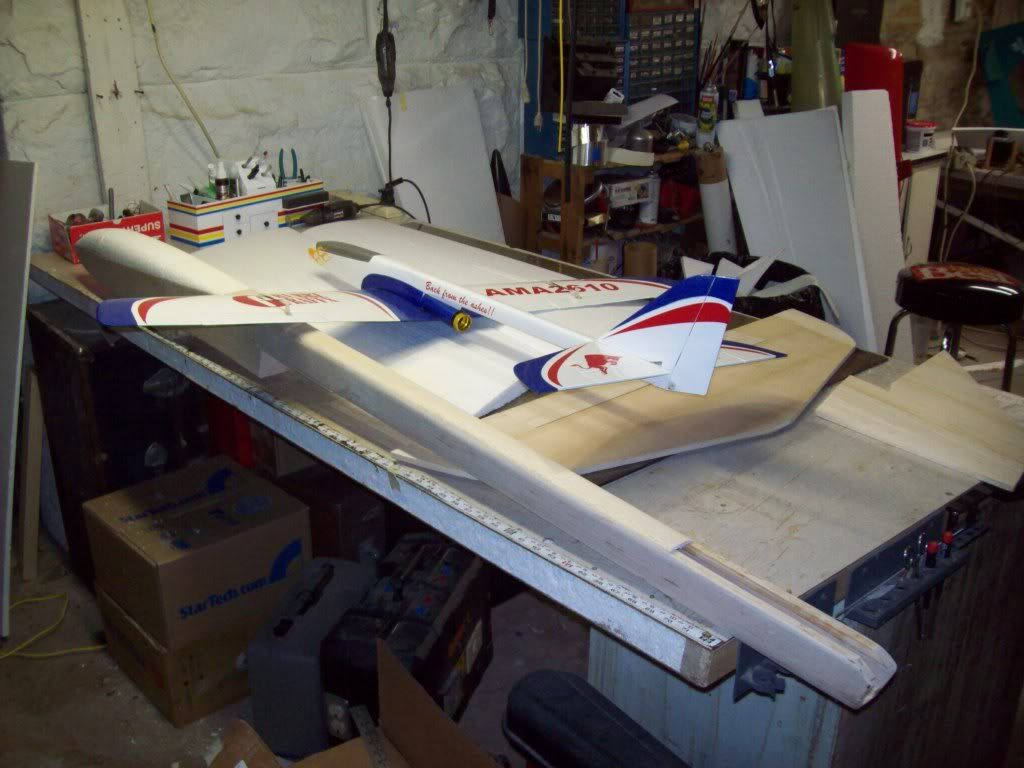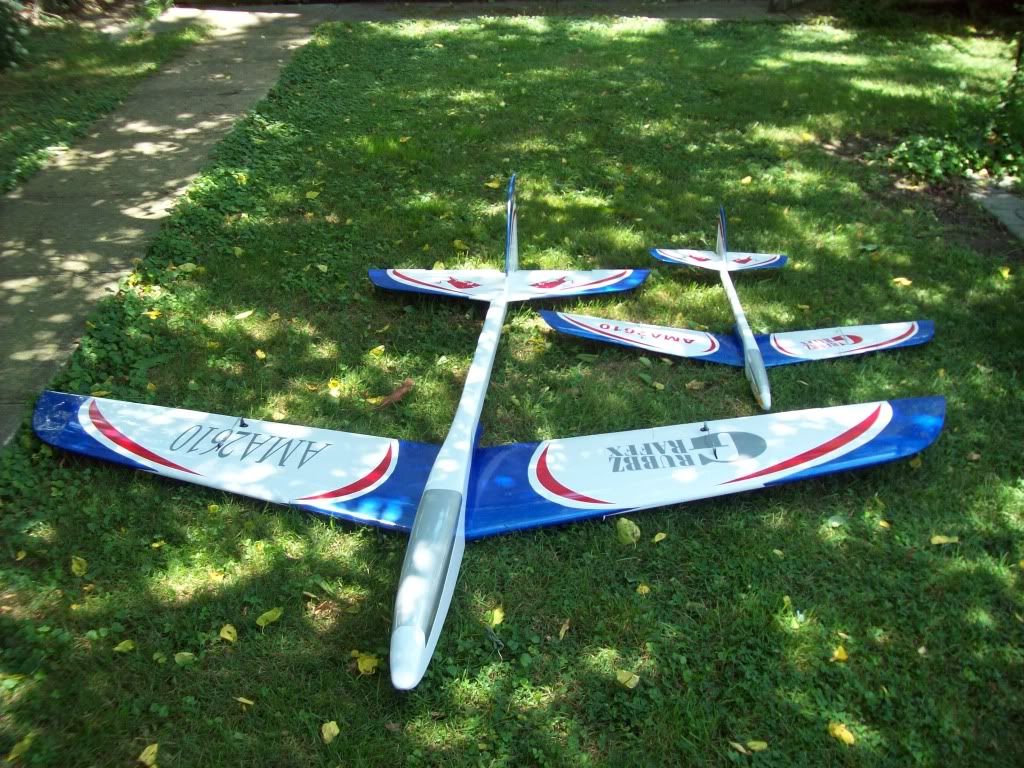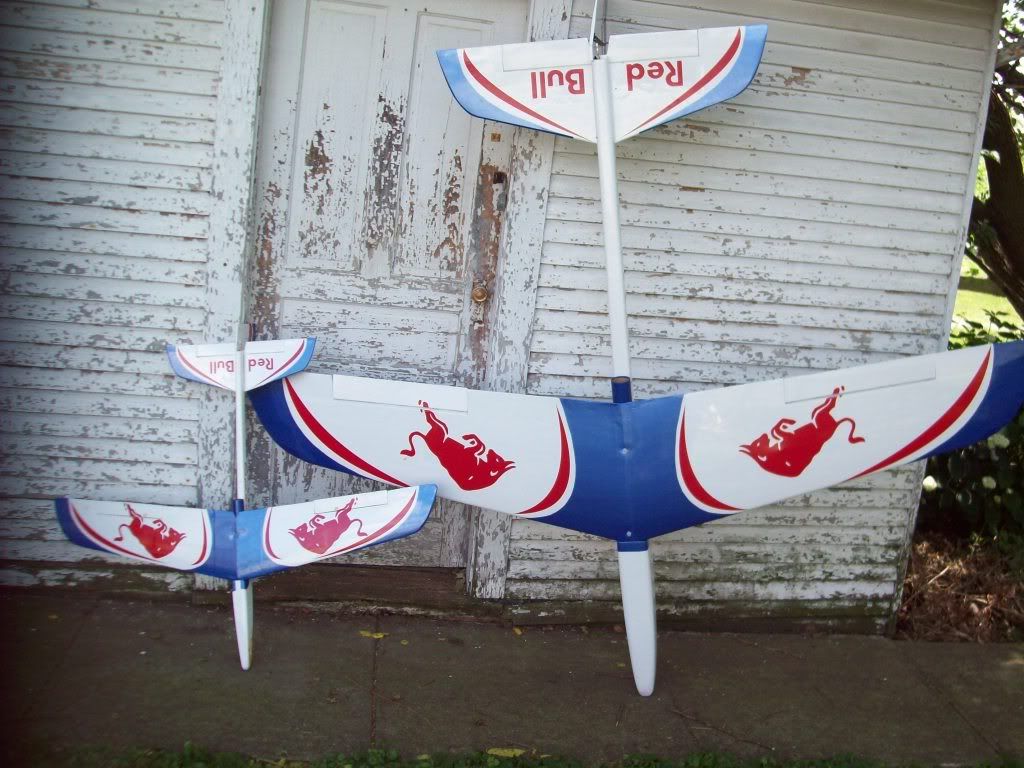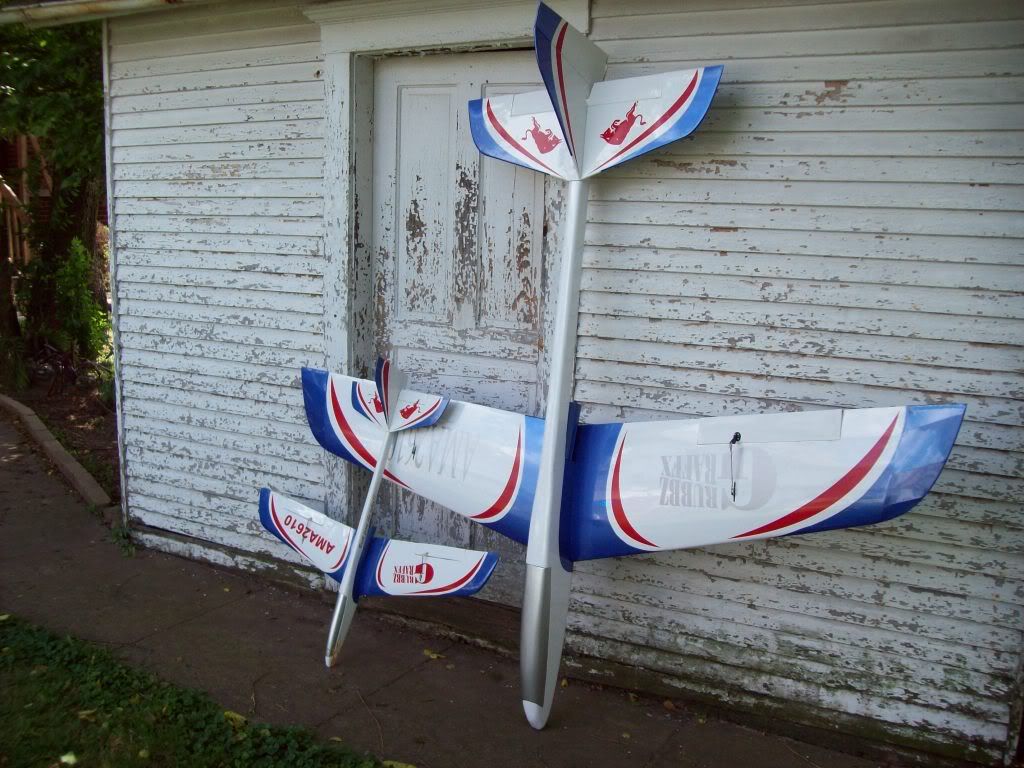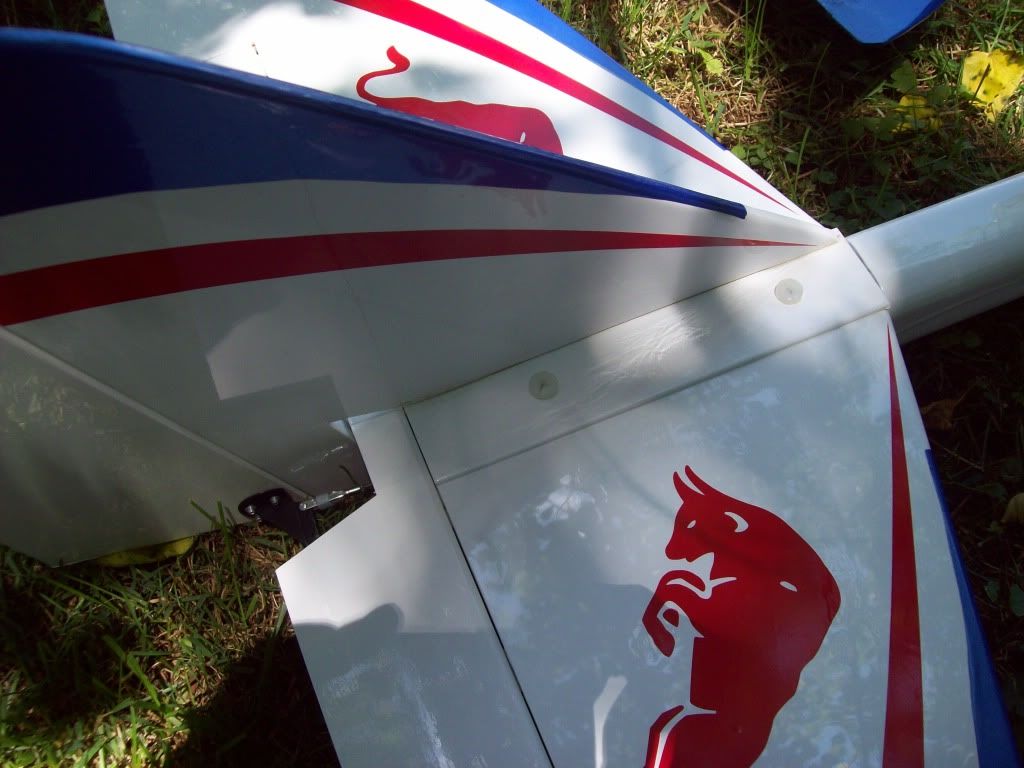JoeG
Well-Known Member
- Joined
- Apr 9, 2009
- Messages
- 773
- Reaction score
- 44
Last year at Mid West Power my Phoenix Glider had a motor issue and caught on fire at lift off and continued to burn during the flight until the boom burned in two and the glider came crashing to the ground.
The fuselage and tail were completely consumed. The wing was damaged but repairable since it traveled several feet from the fire when it hit the ground. All radio gear was "flung" from the fuse when it hit and survived with no damage.
Last weekend I decided it was time to see what could be done with it. Here are the results. It seems this particular Phoenix actually did rise from the ashes.
My son is finishing up a 30% Sukhoi R/C Aircraft in the Red Bull theme and since I already had the graphics on the computer I thought a Red Bull Phoenix would be cool.
Other than adding the finishing stripes and two ounces of nose weight it's ready to fly.
The discussion on the "final flight" and photos of the burning Phoenix can be found here:
https://www.rocketryforum.com/showthread.php?t=26078&page=7
I thought the flames might be appropriate and they are standard on the Sukhoi
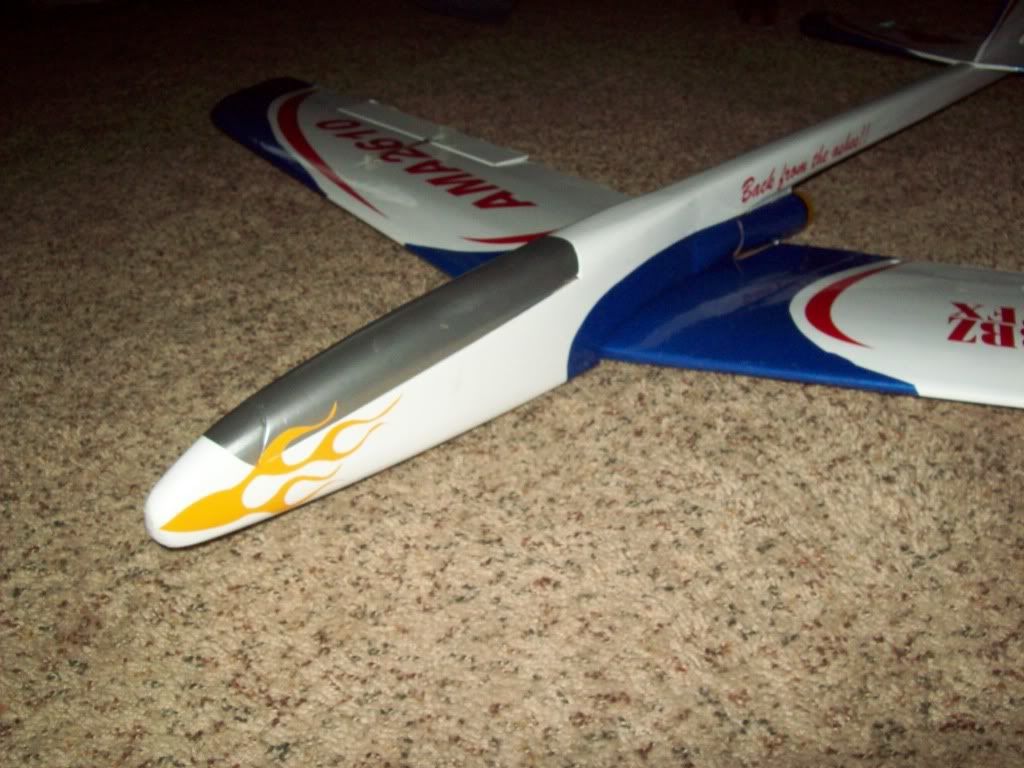
Yep. Back from the ashes....REALLY!!
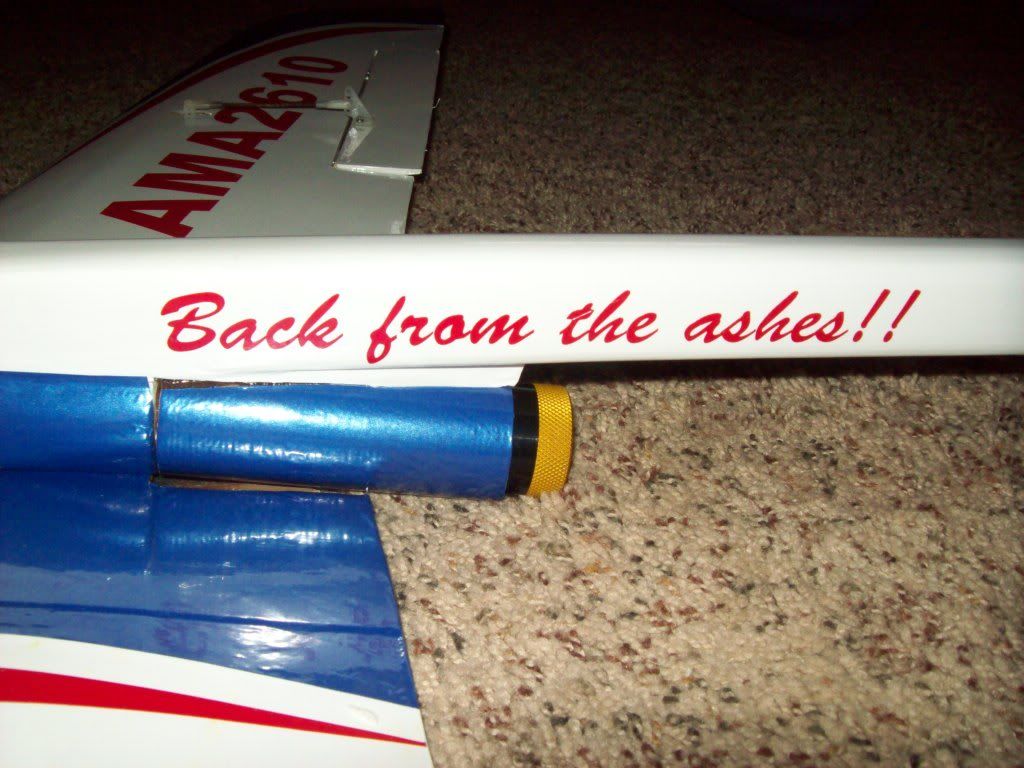
Top view
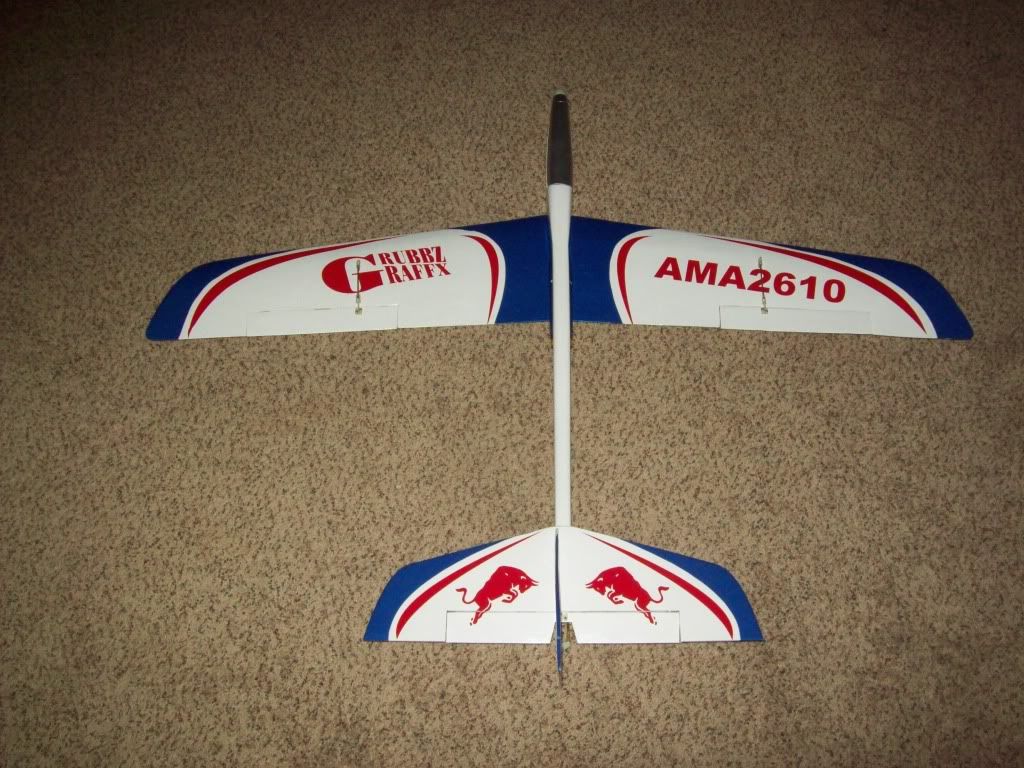
Bottom view
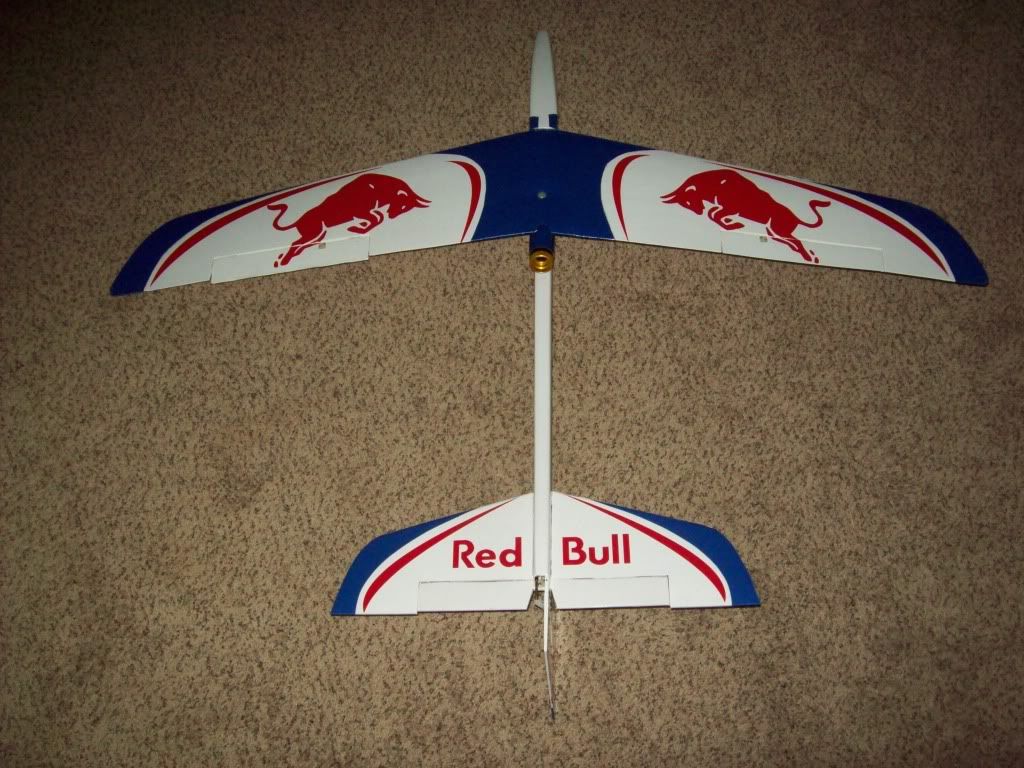
The fuselage and tail were completely consumed. The wing was damaged but repairable since it traveled several feet from the fire when it hit the ground. All radio gear was "flung" from the fuse when it hit and survived with no damage.
Last weekend I decided it was time to see what could be done with it. Here are the results. It seems this particular Phoenix actually did rise from the ashes.
My son is finishing up a 30% Sukhoi R/C Aircraft in the Red Bull theme and since I already had the graphics on the computer I thought a Red Bull Phoenix would be cool.
Other than adding the finishing stripes and two ounces of nose weight it's ready to fly.
The discussion on the "final flight" and photos of the burning Phoenix can be found here:
https://www.rocketryforum.com/showthread.php?t=26078&page=7
I thought the flames might be appropriate and they are standard on the Sukhoi

Yep. Back from the ashes....REALLY!!

Top view

Bottom view






